Scientists have discovered a way to recreate the ice that exists inside planets like Neptune and Uranus, ice which forms at extremely high temperatures and pressures.
Tag: X-ray imaging
Science snapshots from Berkeley Lab
New Berkeley Lab breakthroughs: engineering chemical-producing microbes; watching enzyme reactions in real time; capturing the first image of ‘electron ice’; revealing how skyrmions really move
How to catch a perfect wave: Scientists take a closer look inside the perfect fluid
Scientists have reported new clues to solving a cosmic conundrum: How the quark-gluon plasma – nature’s perfect fluid – evolved into the building blocks of matter during the birth of the early universe.
Let’s get small: New Argonne method greatly improves X-ray nanotomography resolution
Using X-rays to study batteries and electronics at nanometer scales requires extremely high resolution. Argonne scientists led an effort to build a new instrument and devise a new algorithm to greatly improve the resolution for nanotomography.
A biological fireworks show 300 million years in the making
Scientists using the Advanced Photon Source have determined that amphibian eggs release showers of zinc upon fertilization, just like mammalian eggs. This research could have implications for human fertility studies.

Argonne researchers using artificial intelligence to shape the future of science
Artificial intelligence is being called “the next generation of the way we do science.” At Argonne, researchers are leveraging the lab’s state-of-the-art-facilities and unparalleled expertise to shape the very future of science.
New Argonne partnership to predict fuel injector dynamics
Collaborators use experiments, high-fidelity simulations and machine learning to deliver predictive tools to engine manufacturers.
Little swirling mysteries: New research uncovers dynamics of ultrasmall, ultrafast groups of atoms
Exploring and manipulating the behavior of polar vortices in material may lead to new technology for faster data transfer and storage. Researchers used the Advanced Photon Source at Argonne and the Linac Coherent Light Source at SLAC to learn more.
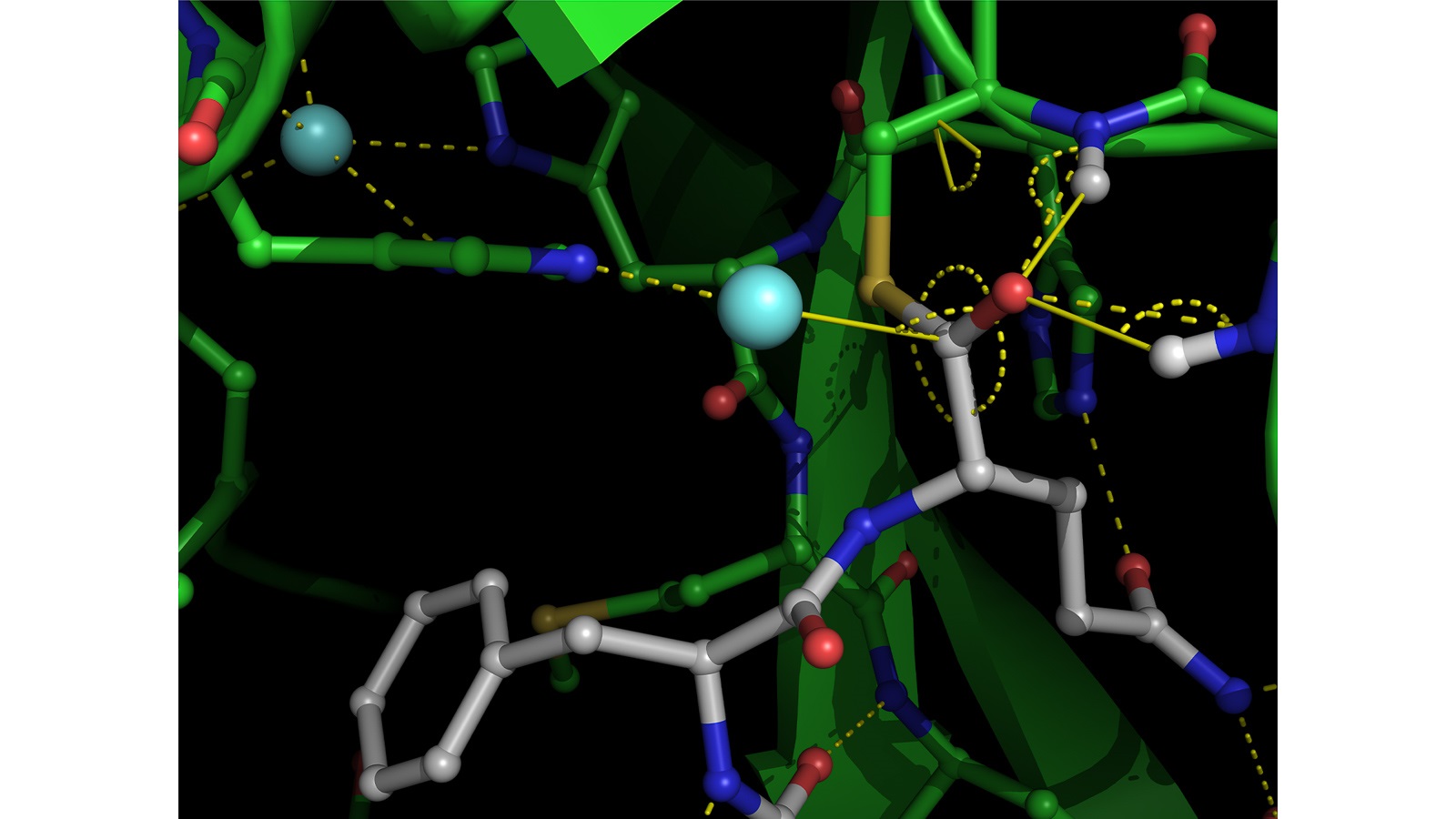
Caught in the act: New data about COVID-19 virus’s functions could aid in treatment designs
For the first time, a team of researchers has captured X-ray images of a critical enzyme of the COVID-19 virus performing its function. This discovery could improve design of new treatments against the disease.
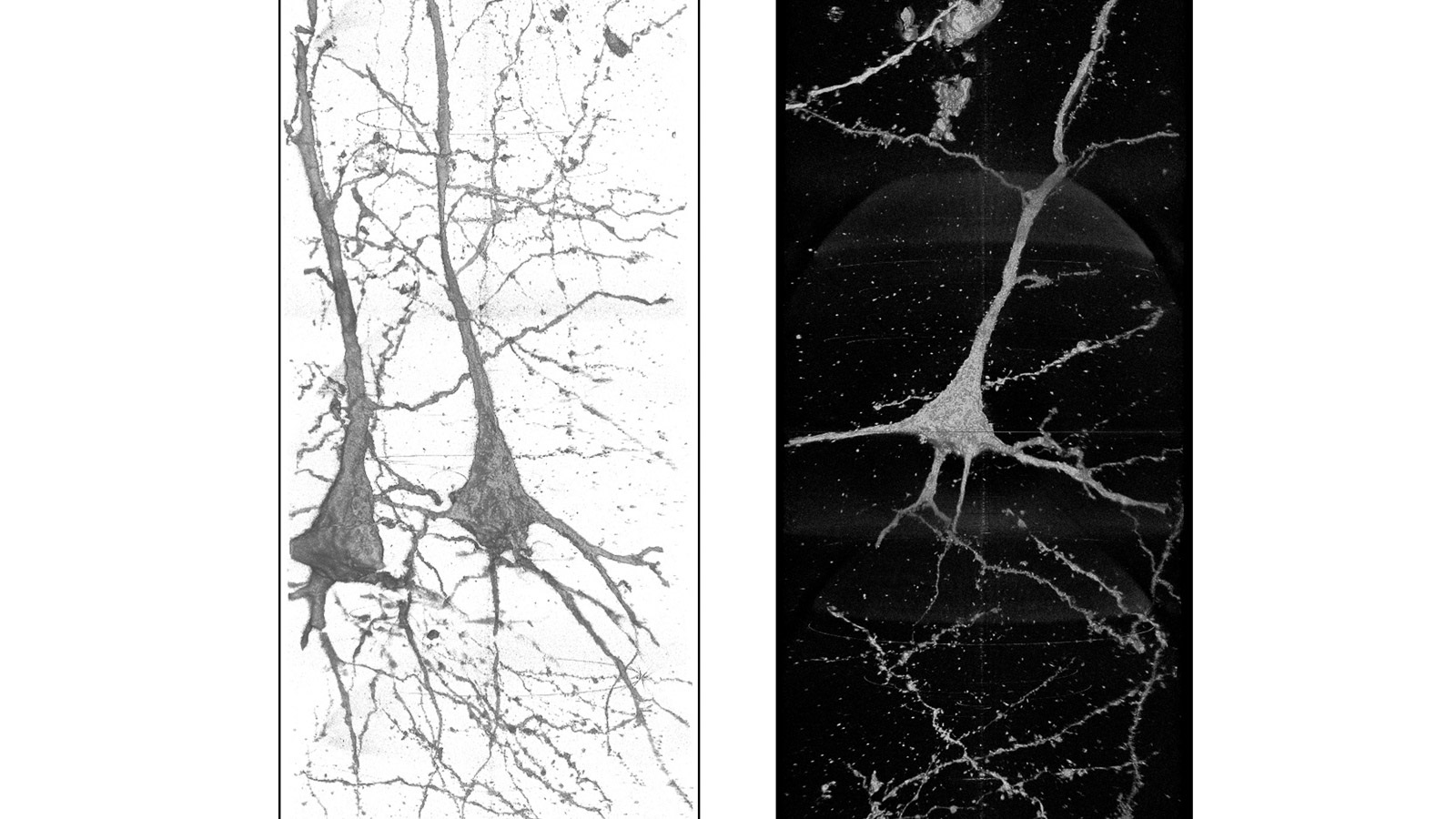
Seeing schizophrenia: X-rays shed light on neural differences, point toward treatment
An international research team used the ultrabright X-rays of the Advanced Photon Source to examine neurons in the brains of schizophrenia patients. What they learned may help neurologists treat this harmful brain disorder.
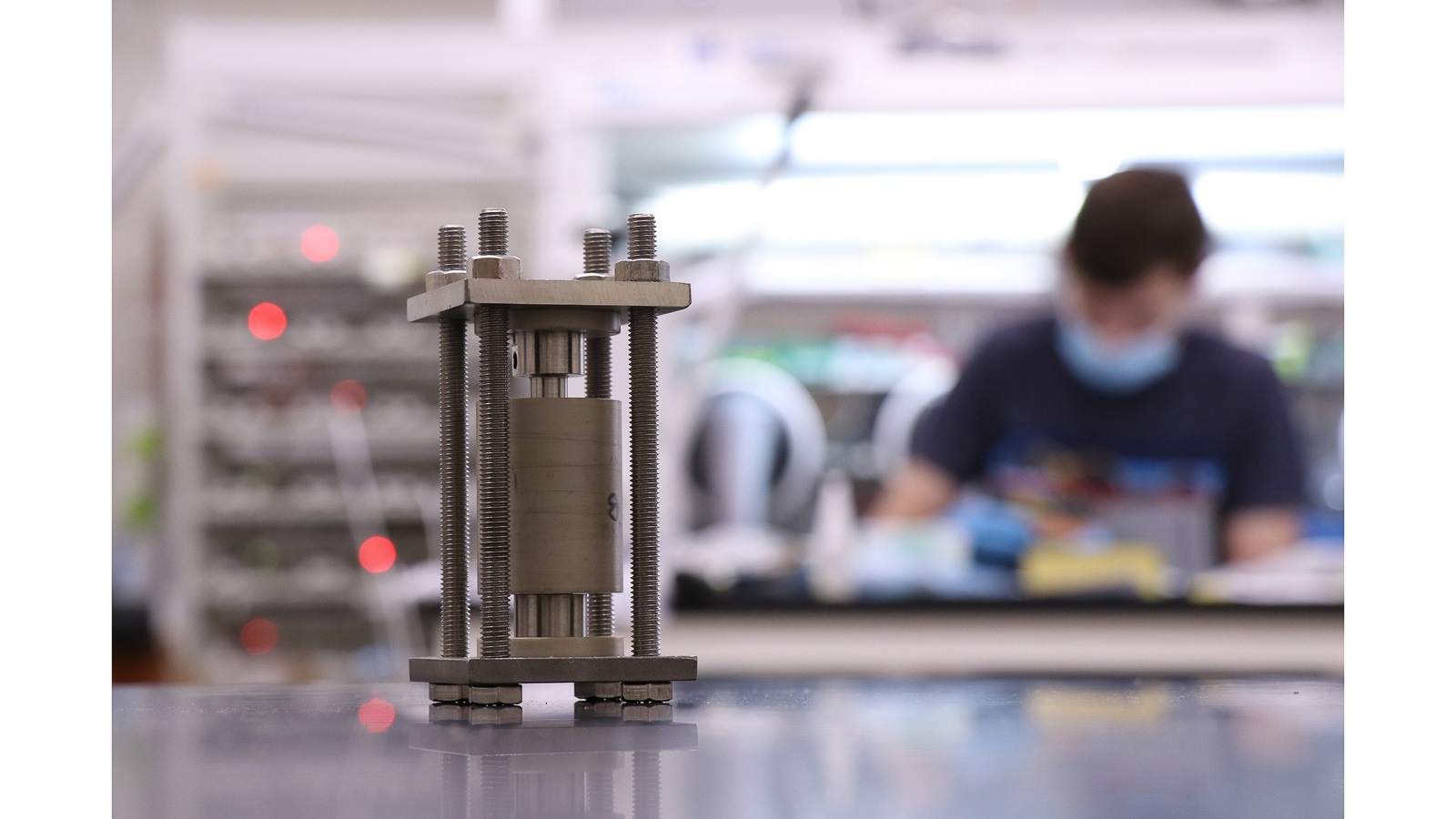
Inside the battery in 3D: Powerful X-rays watch solid state batteries charging and discharging
Using high-speed X-ray tomography, researchers captured images of solid-state batteries in operation and gained new insights that may improve their efficiency.
Science Snapshots From Berkeley Lab
These news briefs cover topics including gut microbes, tsetse flies in 3D, an energy use framework for heating and cooling, and new gravitational lensing candidates.

Latch, load and release: Advanced Photon Source helps reveal elastic motion that makes click beetles click
A new study examines the forces behind the quick energy release beetles use for propulsion and provides guidelines for studying extreme motion and energy storage and release in animals.
AAPM Advances Best Practices for Patient Safety in X-Ray Imaging
Since April 2019, the American Association of Physicists in Medicine has championed a critical way to make X-ray imaging safer and more effective by discontinuing the long-standing practice of placing leaded shields over patient gonads. Today, the National Council on Radiation Protection and Measurements released a statement recommending the discontinuation of routine shielding of patient gonads during X-ray imaging exams and AAPM stands ready to help imaging providers, patients and caregivers to understand and adopt these new best practices – practices that will ensure safer and higher-quality X-ray exams.
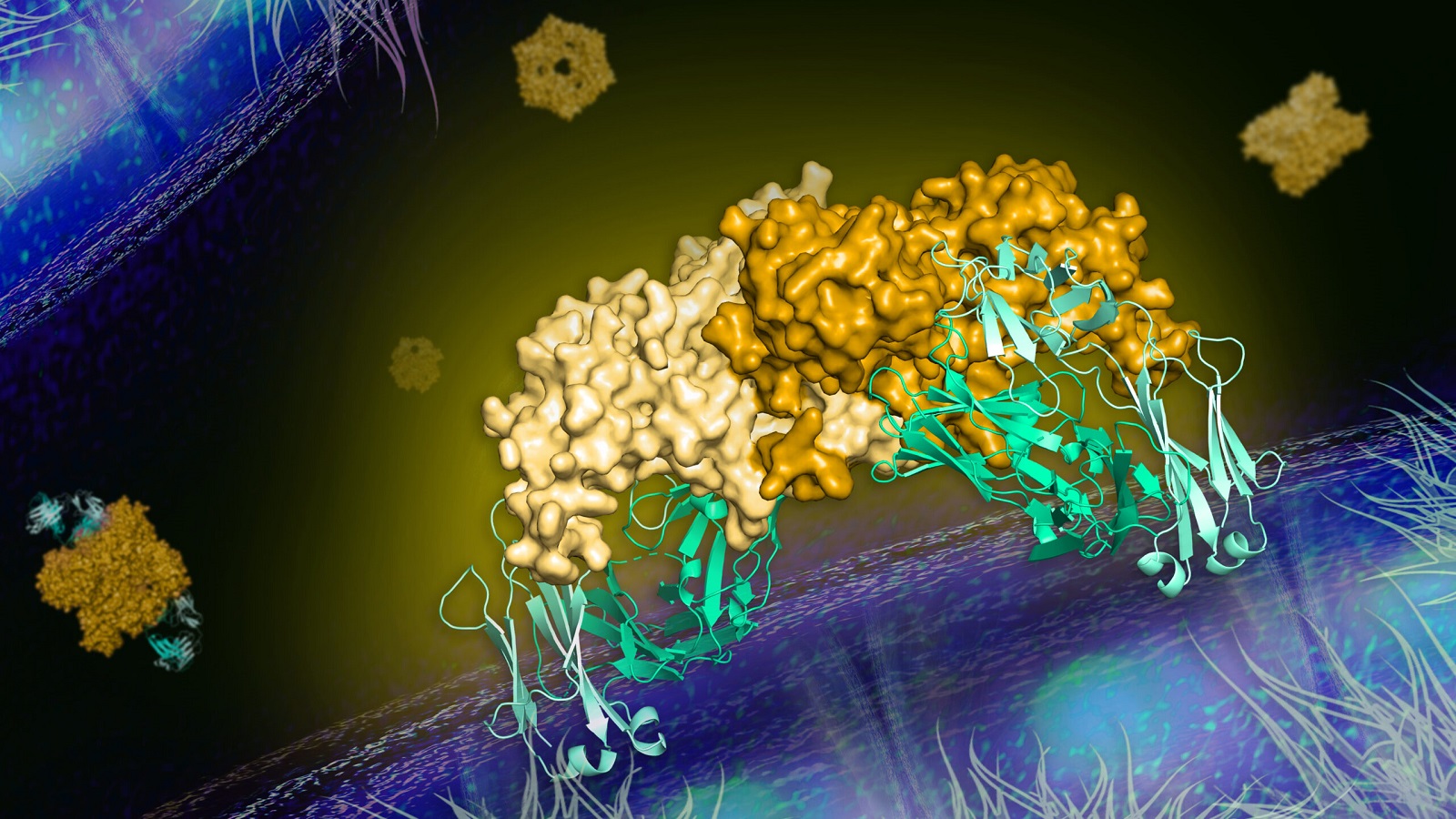
Scientists find antibody that blocks dengue virus
The research team used the Advanced Photon Source to confirm an effective antibody that prevents the dengue virus from infecting cells in mice, and may lead to treatments for this and similar diseases.
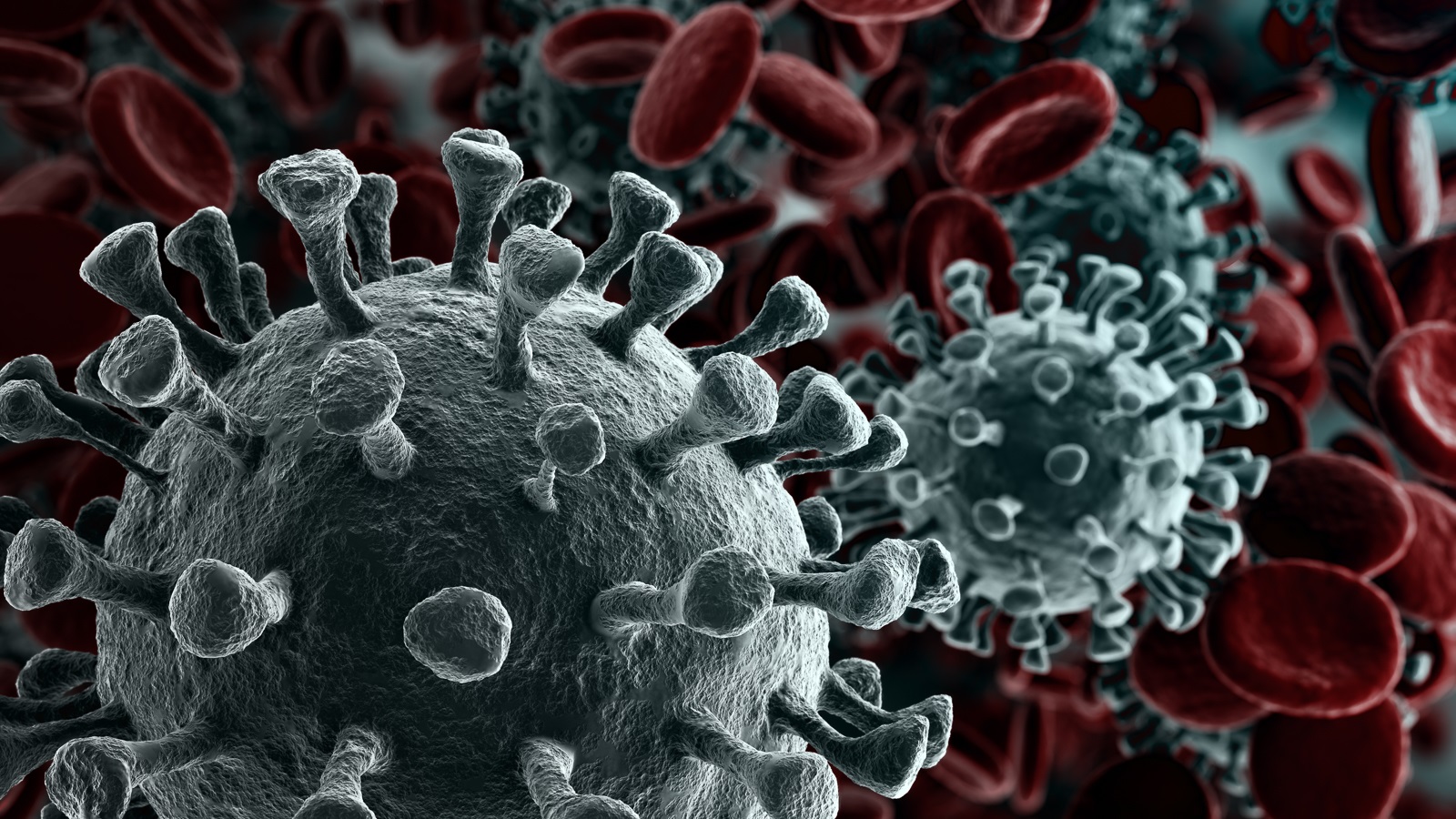
10 ways Argonne science is combatting COVID-19
Argonne scientists and research facilities have made a difference in the fight against COVID-19 in the year since the first gene sequence for the virus was published.

Beamline scientists connect the world’s researchers to the APS
Every successful experiment at the Advanced Photon Source relies on the knowledge and skills of the beamline scientists who enable the research. What makes a good beamline scientist? Four of them weigh in.
100th structure of COVID-19 virus from Advanced Photon Source data released
The APS has been a powerful tool in the battle against the novel coronavirus, contributing more information about the structure of the virus to the International Protein Databank than any other light source in the United States.
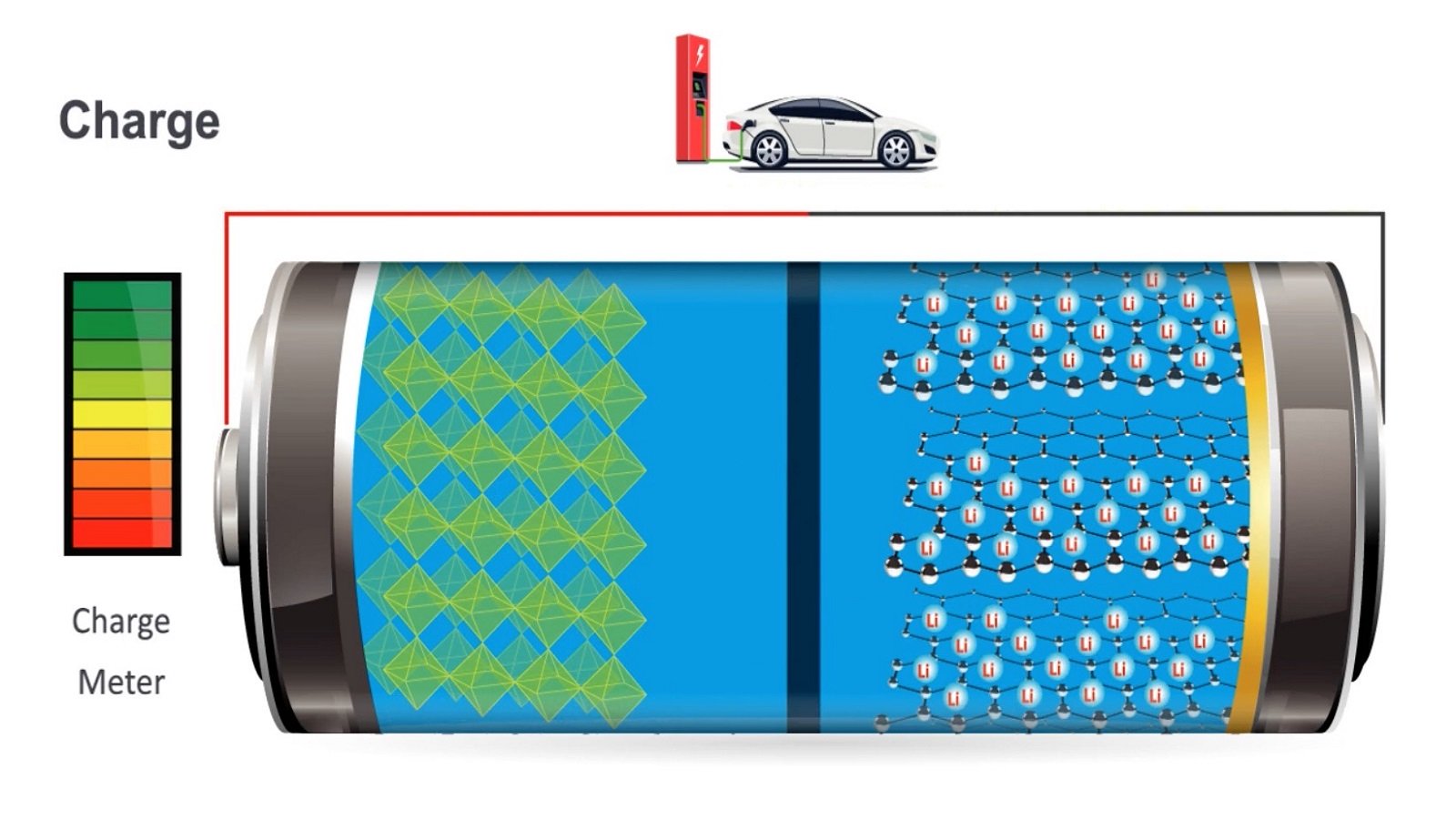
Battery of tests: Scientists figure out how to track what happens inside batteries
The new method could be the key to designing more efficient batteries for specific uses, like electric cars and airplanes.

Argonne’s first 3D look into fuel injector will improve efficiency, reliability
The first visualization of its kind, created by using powerful X-rays at Argonne’s Advanced Photon Source, will lead to improved manufacturing and efficiency.
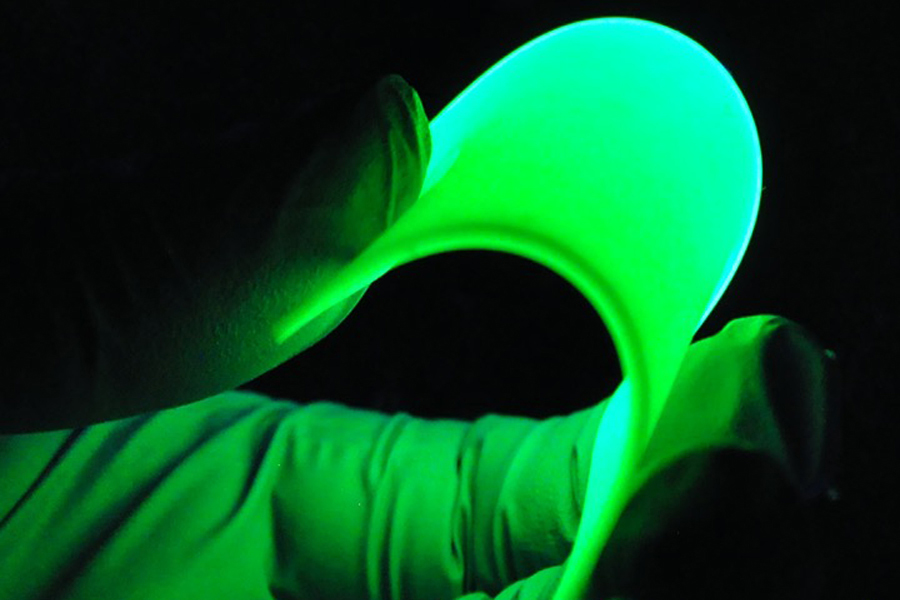
FSU researchers develop new X-ray detection technology
Florida State University researchers have developed a new material that could be used to make flexible X-ray detectors that are less harmful to the environment and cost less than existing technologies.
Danforth Center Scientists Collaborate On $13 Million Bioenergy Project
The U.S. Department of Energy (DOE) awarded a five-year, $13 million grant to a nationwide research project to genetically strengthen Thlaspi arvense, commonly known as pennycress, for use in sustainable energy efforts.